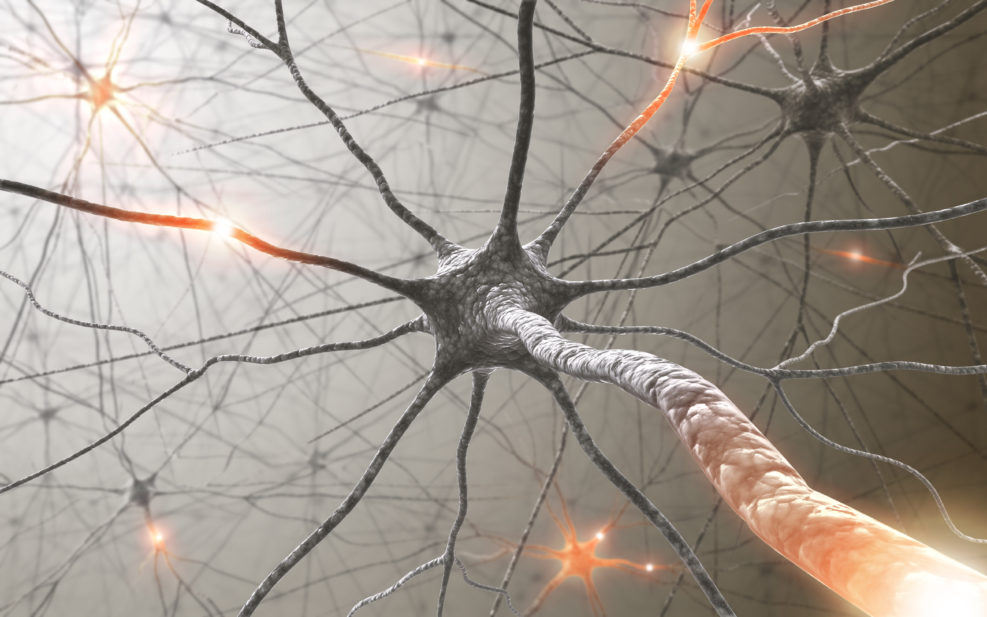
Tagneuroplasticity


How Can a Woman Missing Her Olfactory Bulbs Still Smell?
The brain’s plasticity intrigues and puzzles researcher, and it also raises a larger issueEven since neuroscientists started imaging the brain, they’ve been turning up cases where people are missing brain parts we would expect them to need in order to do something — but they are doing that very thing anyway. One example, written up in LiveScience in 2019, concerns women who are missing their olfactory bulbs (illustrated) but can still smell: Researchers have discovered a small group of people that seem to defy medical science: They can smell despite lacking “olfactory bulbs,” the region in the front of the brain that processes information about smells from the nose. It’s not clear how they are able to do this, but the findings suggest that the human brain may have a greater ability to Read More ›
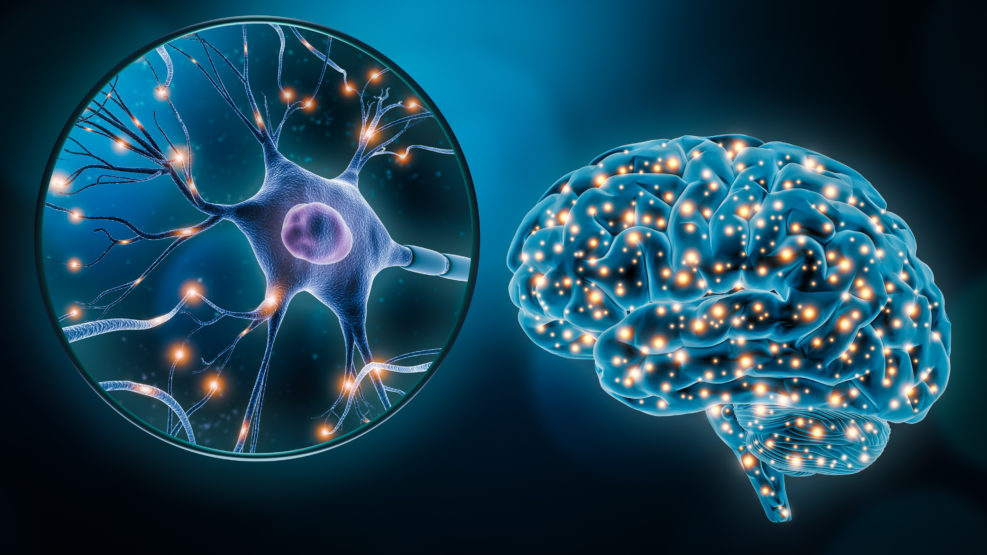
What Is Happening When Children Have Strokes or Dementia Signs?
Many children who would have died 40 years ago can live a relatively full life today but they are at risk of stroke or dementiaIn the podcast released yesterday, Walter Bradley Center director Robert J. Marks interviewed pediatric neurologist Dr. Andrew Knox from the University of Wisconsin School of Medicine and Public Health on “Ways the brain can break” (#220, January 5, 2023). What follows reflects Part 2 of the discussion. Here’s Part 1: How our brains are — and aren’t — like computers. https://mindmatters.ai/wp-content/uploads/sites/2/2022/12/Mind-Matters-220-Andrew-Knox-Episode-1.mp3 This portion begins at roughly 10:50 min. A partial transcript and notes, and Additional Resources follow. Andrew Knox: If you had a stroke in what we would call a primary motor area, an area with the connections to motor pathways through the rest of the body — all of those patients might lose the ability to move their arm Read More ›
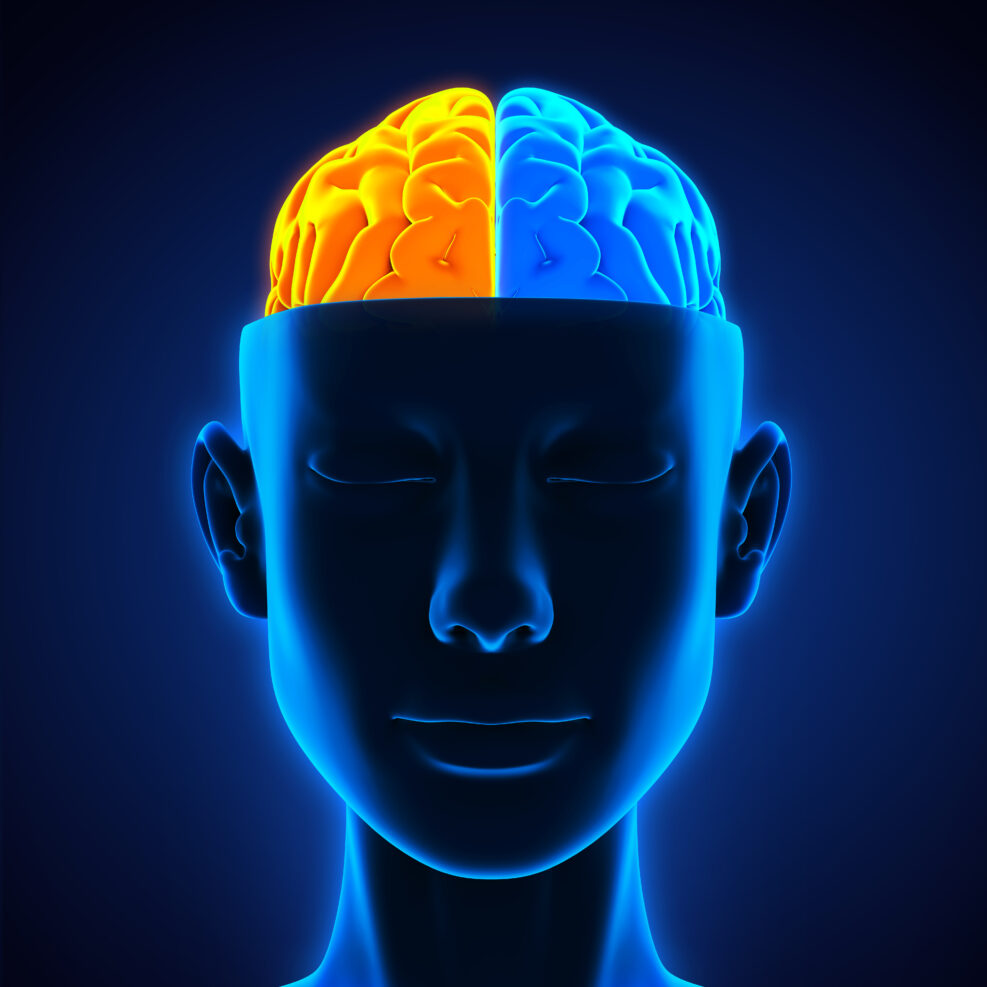
Study: Loss of Half the Brain Doesn’t Mean No Word, Face Contact
Researchers astounded: Contrary to theory, in a recent study, the single remaining brain hemisphere supported both word and face reading functionsSome children have half of their brains removed (hemispherectomy) to control massive seizures that would otherwise destroy the child’s whole brain. Specialists were surprised that the children functioned fairly normally — certainly compared to what would have been expected. A recent study of post-hemispherectomy patients has provided dramatic evidence of rewiring: An unprecedented study of brain plasticity and visual perception found that people who, as children, had undergone surgery removing half of their brain correctly recognized differences between pairs of words or faces more than 80% of the time. Considering the volume of removed brain tissue, the surprising accuracy highlights the brain’s capacity — and its limitations — to rewire itself and adapt to dramatic surgery or traumatic injury. The Read More ›
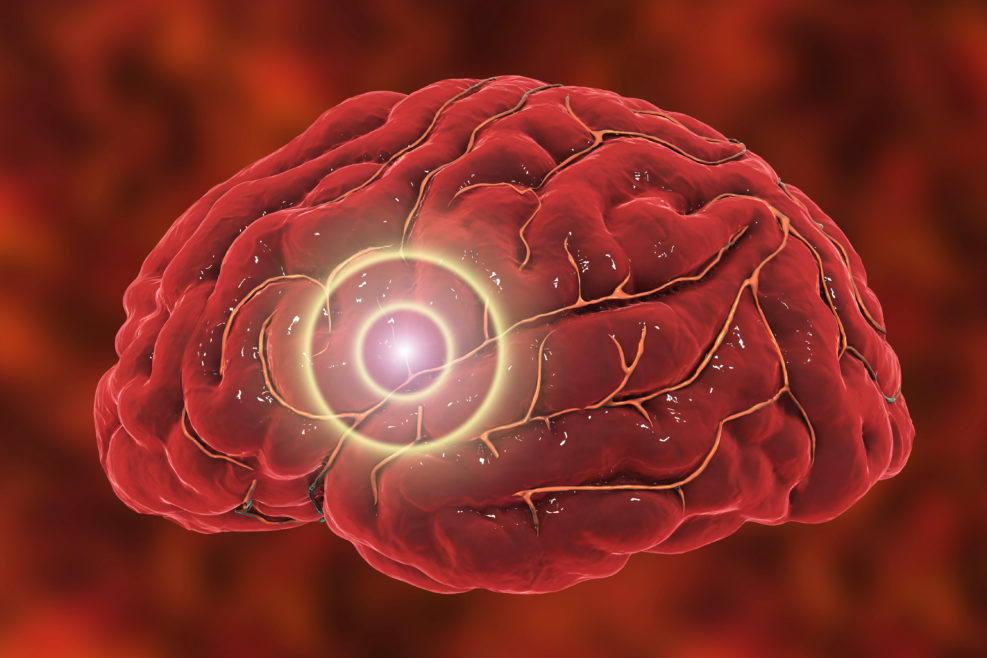
Thrones Star Can Speak While Lacking “Quite a Bit” of Brain. How?
Yes, Emilia Clarke is lucky her aneurysms weren’t worse but, given our brains’ complexity, how do our mental abilities survive?Game of Thrones (2011–2019) star Emilia Clarke, who suffered two aneurysms in her twenties, told BBC News that “‘quite a bit’ of her brain no longer functions” after the extensive bleeding and surgeries: “There’s quite a bit missing, which always makes me laugh,” Clarke said, speaking about her brain. “Strokes, basically, as soon as any part of your brain doesn’t get blood for a second, it’s gone. So, the blood finds a different route to get around, but then whatever bit is missing is therefore gone.” … Clarke said at the time that the surgery left her with “a deep paranoia” over whether it would prevent her from continuing a career as an actor. But she went on to star Read More ›

Study: Eight-week Mindfulness Courses Do Not Change the Brain
Earlier studies may have been hampered by a small, self-selected, particularly needy participant base and by the fact that any intervention can succeed at firstIn recent years, as mindfulness meditation began to catch on, research, including this open-access paper, claimed that eight weeks of mindfulness could change the structure of the brain. The neuroplasticity on which such studies relied is real enough. But a just-released study has found no evidence that eight-week courses like “Mindfulness-Based Stress Reduction” make so radical a difference: In new research, a team from the Center for Healthy Minds at the University of Wisconsin-Madison, led by Richard J. Davidson, found no evidence of structural brain changes with short-term mindfulness training. Published May 20 in Science Advances, the team’s study is the largest and most rigorously controlled to date. In two novel trials, over 200 healthy participants with no meditation experience Read More ›
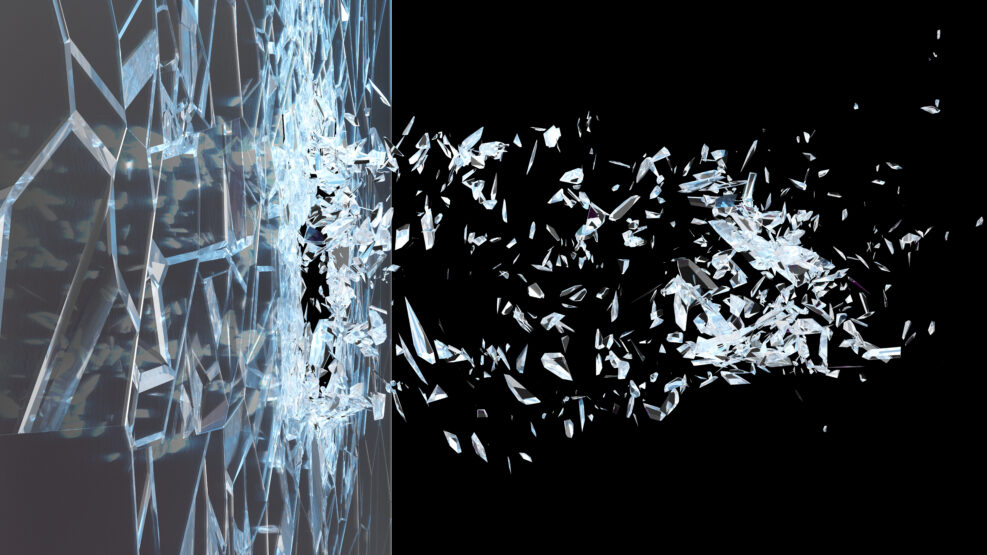
AI Smash Hits 2020 Part II
An ultimate test of a successful technology is whether it has been reduced to practice. Has it made a financial impact on the market? Has it been adopted by the very picky US military? Has it changed lives? We’re going to count down the AI Smash Hits: the top ten AI success stories for 2020. Join Dr. Robert J. Marks as he Read More ›
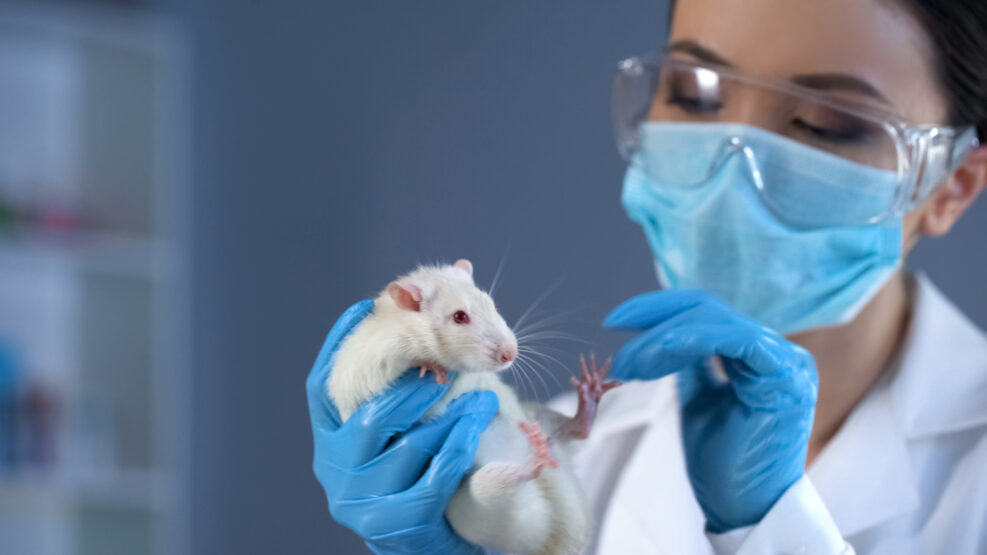
An Old Rat With No Brain Raises Some Very Interesting Questions
The researchers had no idea how strange their lab rat was until, in a routine procedure, they scanned its headYes, R222 was only a rat. A rat that turned out to have no brain. But here’s the thing: R222 had lived a normal life as a lab rat for two whole years. According to rat specialists, that’s like 70 human years. Researchers were, to say the least, puzzled. The story begins with a scientist scanning the brains of “very old” lab rats as part of a study on aging. Except that subject R222, otherwise a conventional rat, didn’t seem to have a brain. The brain cavity had collapsed and filled with fluid (hydrocephalus). We can see from the photo that where the control rat has brain, R222 has fluid: On further investigation, researchers found that all brain functions had Read More ›
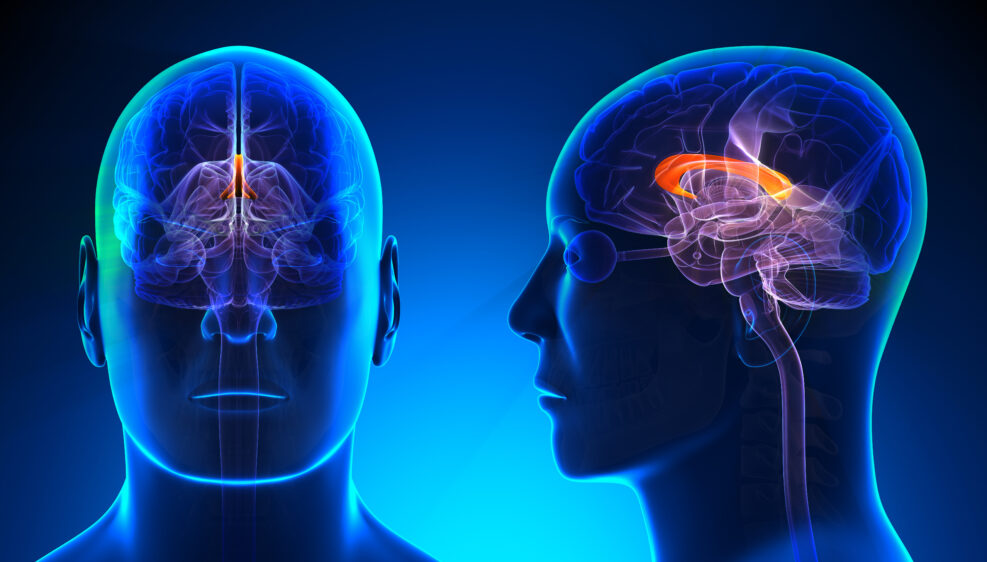
How Can People Lead Normal Lives Without a Connected Brain?
Roughly 25% of people who lack the brain’s transfer station between the hemispheres live normal livesRoughly one in 4,000 people lacks a corpus callosum, the structure of neural fibers that transfers information between the brain’s two hemispheres. Surprisingly, the 25% who have nothing but cerebrospinal fluid do not show signs of abnormality. About half have some brain-related problems and the remaining 25% have serious problems. Researchers wanted to know, how does anyone manage to live normally without a corpus callosum to connect the two hemispheres of the brain? It turns out that the human brain goes into high gear, organizing a fix: In a study published in the journal Cerebral Cortex, neuroscientists from the University of Geneva (UNIGE) discovered that when the neuronal fibres that act as a bridge between the hemispheres are missing, the Read More ›

A Neuroscientist on Why We Can Build Human-like Brains
Manuel Brenner, a particle physicist as well as a neuroscientist, thinks pattern recognition is the answerManuel Brenner, a particle physicist who became a theoretical neuroscientist, made the argument last year that human intelligence is less complex than we make it out to be. Thus, building an artificial intelligence might be easier than we suppose. He offers some intriguing arguments and here are some responses: ➤ Is the information we need for building human-like AI in our genes? He doesn’t think so because a tomato has 7000 more genes than a human being. Further, our human genome offers only 25 million bytes of information for our brain’s design but there are 1015 connections in the adult neocortex. His conclusion? “there needs to be a much simpler, more efficient way of defining the blueprint for our brain Read More ›
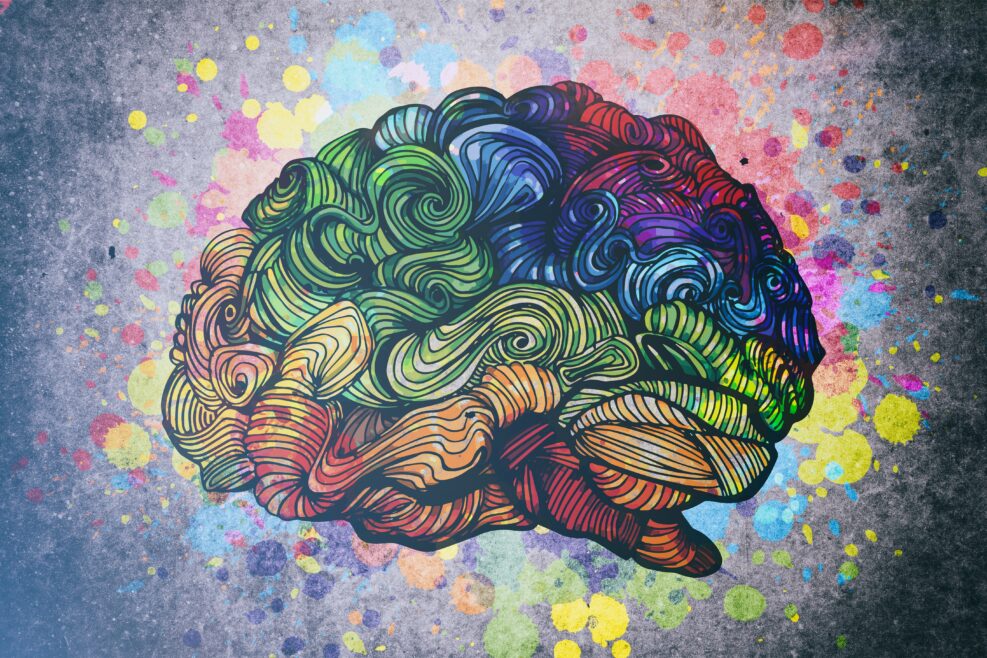
Your Mind vs. Your Brain: Ten Things To Know
Although we are only beginning to understand the workings of the brain, it clearly isn't the same thing as the mind
Bingecast: Yuri Danilov on the Complexity of our Brains
Recent discoveries about the brain have uncovered more of its complexity and changed what we thought we knew about it. Will more discoveries in the future change our views again? Robert J. Marks discusses neuroplasticity, restoring brain function through brain stimulation, and other fascinating discoveries about the human brain with Yuri Danilov. Show Notes 0:01:13 | Introducing Yuri Danilov, Senior Read More ›
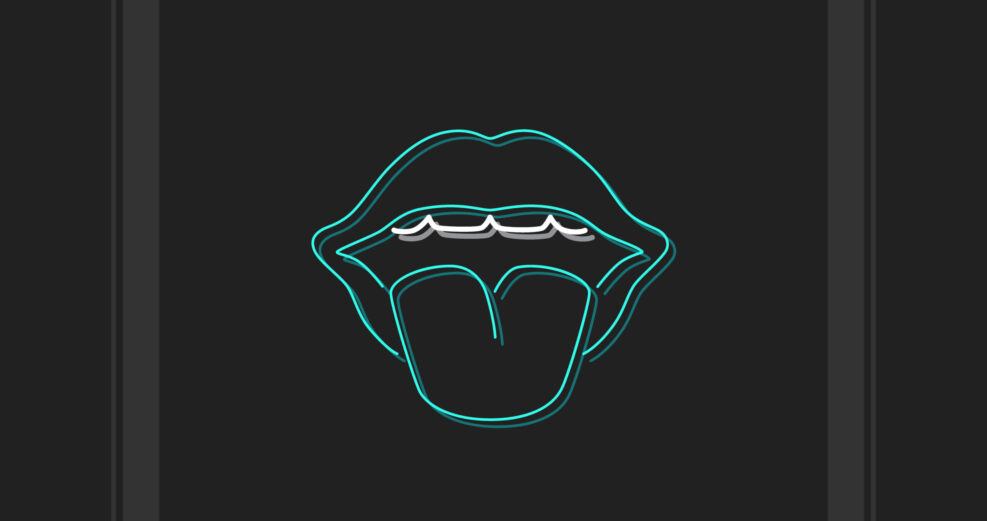
Bingecast: Jonathan Sackier on Healing the Brain
The brain can also both adapt and heal itself. How can we facilitate this healing in patients with brain challenges? Can this healing be accelerated without brain surgery? Using stimulation to the tongue can result in incredible changes to brain functions. Robert J. Marks and Dr. Jonathan Sackier discuss brain trauma, healing and stimulation. Show Notes 01:11 | Introducing Dr. Read More ›

Michael Egnor: Free Will or Free Won’t?
There have been ongoing philosophical and theological arguments about free will vs. predestination. How do experiments on the human brain inform us on this question? Robert J. Marks discusses free will, free won’t, predestination, and the brain with Dr. Michael Egnor. Show Notes 00:40 | Introducing Dr. Michael Egnor, Professor of Neurosurgery and Pediatrics at State University of New York, Read More ›
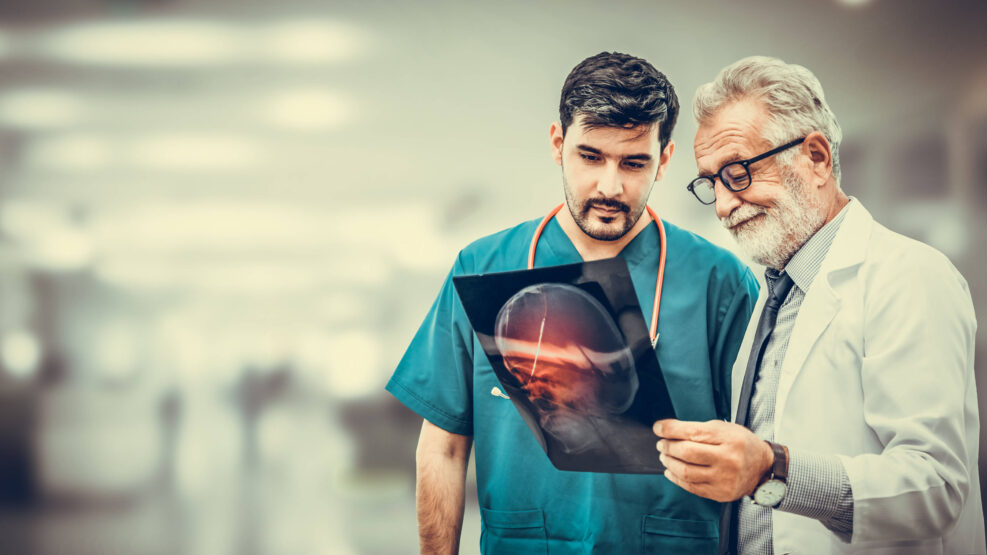
Aging brains need exercise, not sofas for neurons
Neuroscientist Yuri Danilov reassures seniors, we do not lose neurons as we ageMaking a serious effort to learn keeps neurons healthy. That’s neuroplasticity.
Read More ›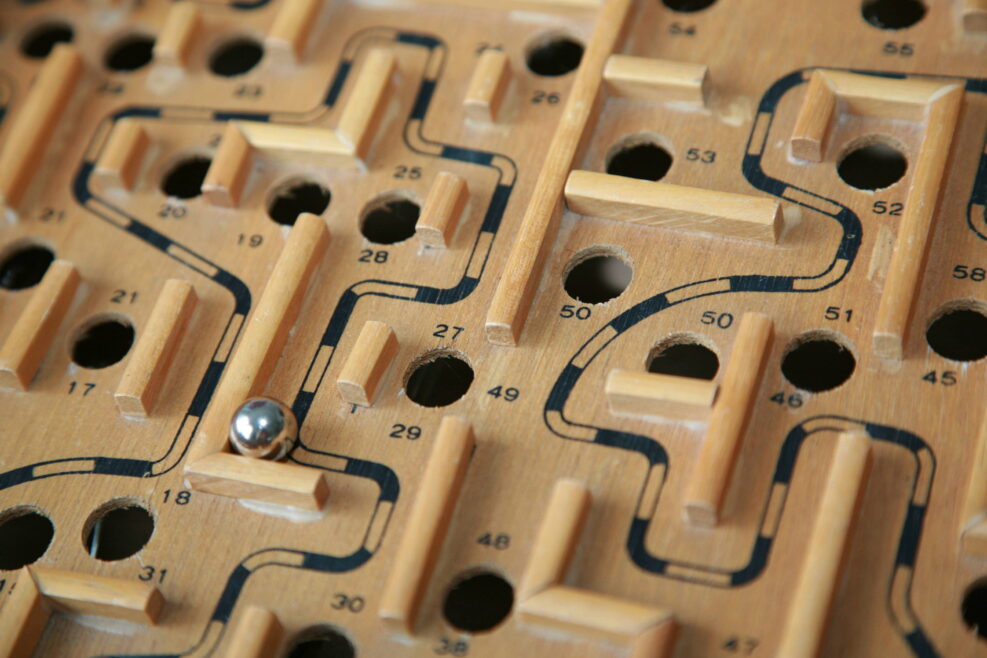
Neuroplasticity: How Your Brain Never Stops Changing
Your brain is always changing, from death till the moment you die. Neuroscience calls this change in your brain neuroplasticity. Today Robert J. Marks discusses the brain’s ability to adapt and change throughout our lives with Yuri Danilov. Show Notes 01:00 | Introducing Yuri Danilov, Senior Scientist, Biomedical Engineering Department at the University of Wisconsin–Madison 03:00 | Unmasking and opening Read More ›

Cutting New Grooves Over Bad Vibes on our Plastic Brain
JP Moreland shares with Mike Keas how twice he was incapacitated for months by panic attacks and anxiety. His new book, Finding Quiet, seeks to make the most of his suffering, condensing the crucial lessons learned from his research. In this episode, JP outlines some practices that can heal and retrain the brain. Show Notes 01:00 | “Cutting new grooves” Read More ›
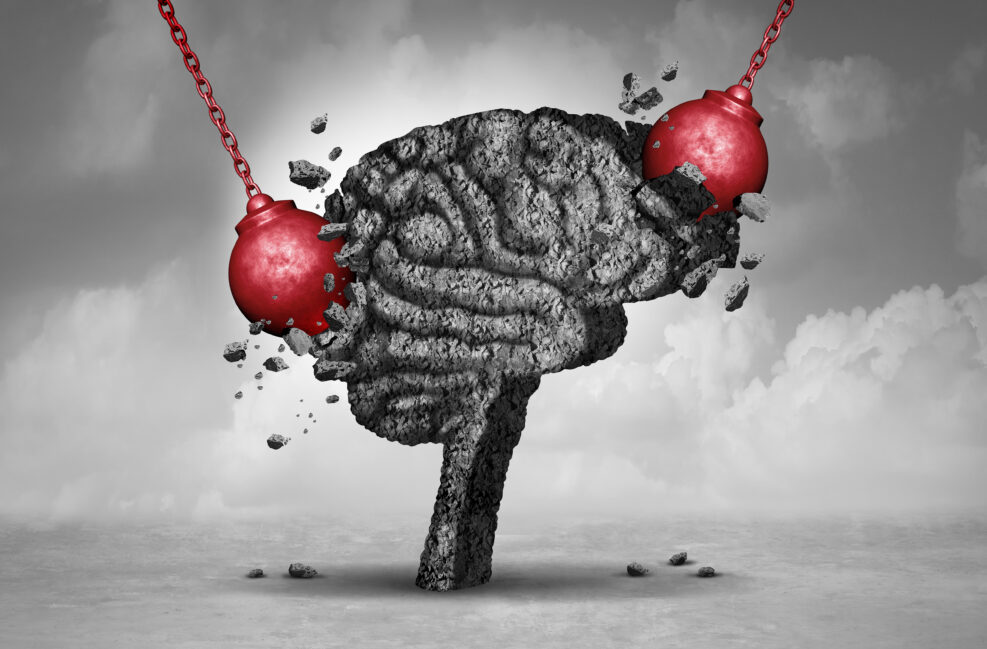
Non-Invasive Healing for the Wounded Brain
One method does not involve invasive surgery but rather stimulating the tongueJonathan Sackier emphasizes that, when dealing with sufferers from severe or chronic brain injury, medicine must not raise false hopes: “So we have a profound obligation to be honest, open, transparent, and to do darn good science!” But he is optimistic.
Read More ›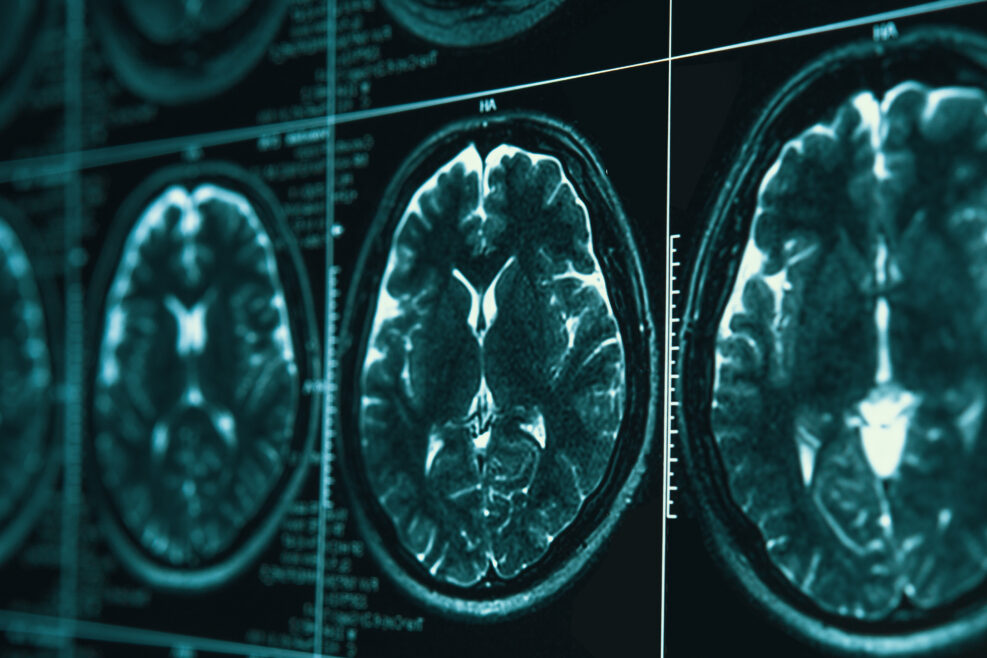
How the Injured Brain Heals Itself
Our Amazing NeuroplasticityYou get a paper cut and over time your body heals it. The brain can also both adapt and heal itself. How can we facilitate this healing in patients with brain challenges? We address that question today on Mind Matters. Show Notes 01:15 | Introduction 02:25 | Brain Healing and Repair 04:50 | Neuroplasticity 06:00 | Nature of Addiction 07:45 Read More ›
